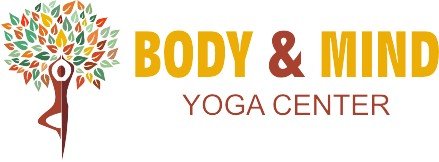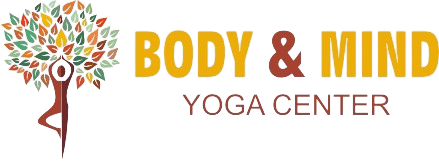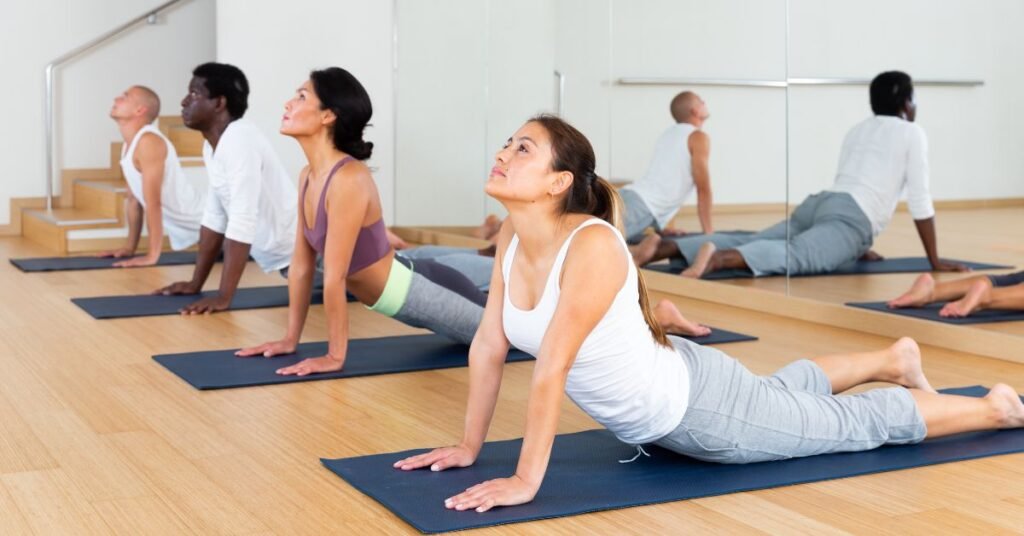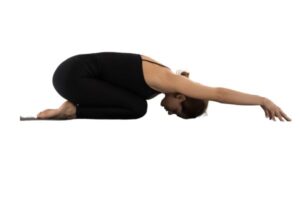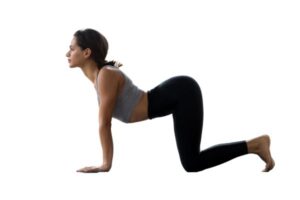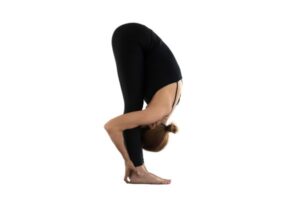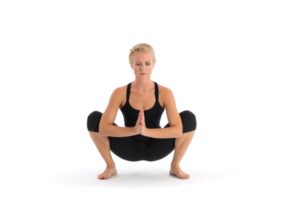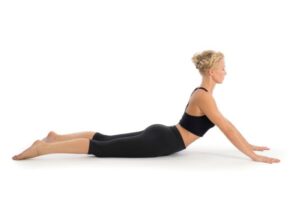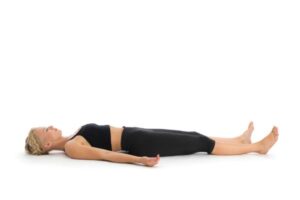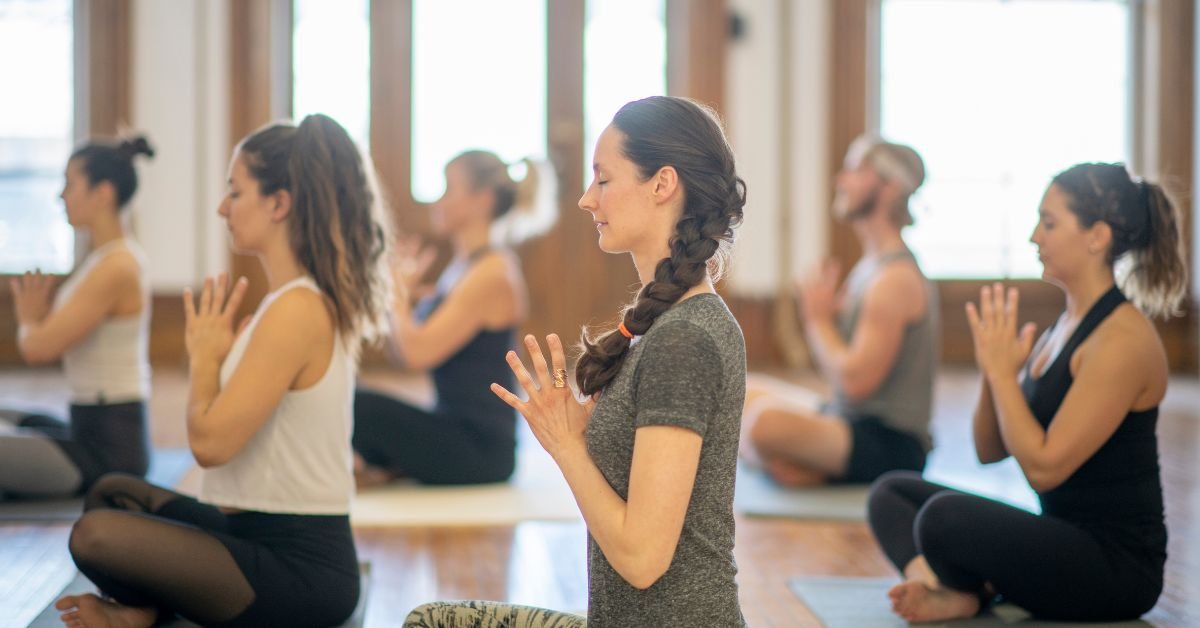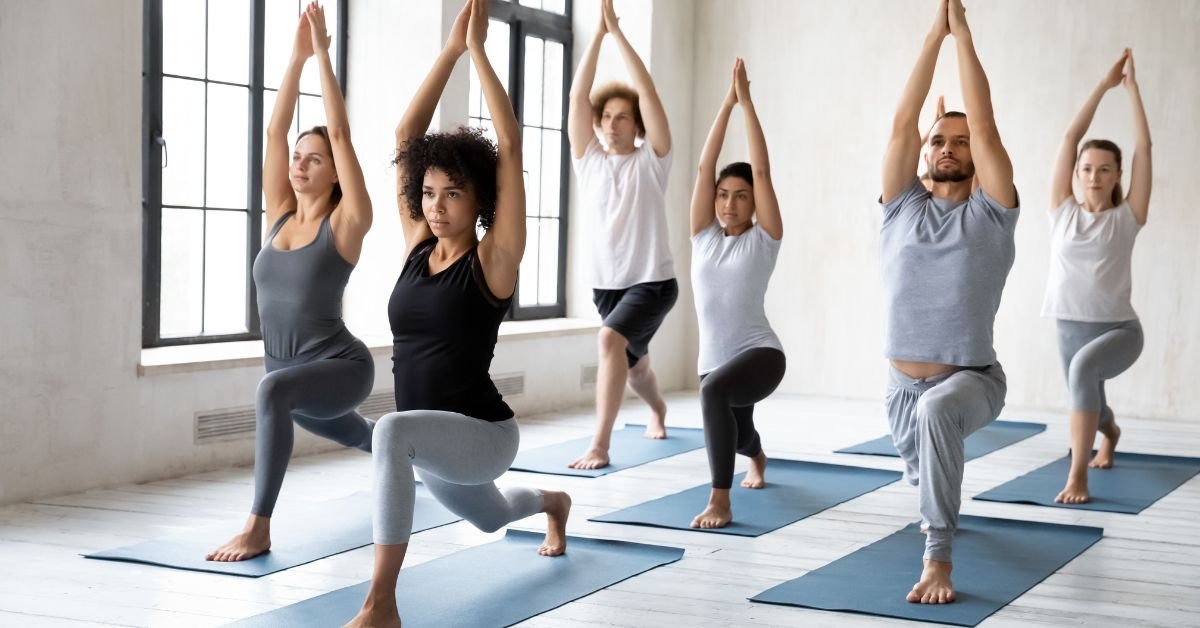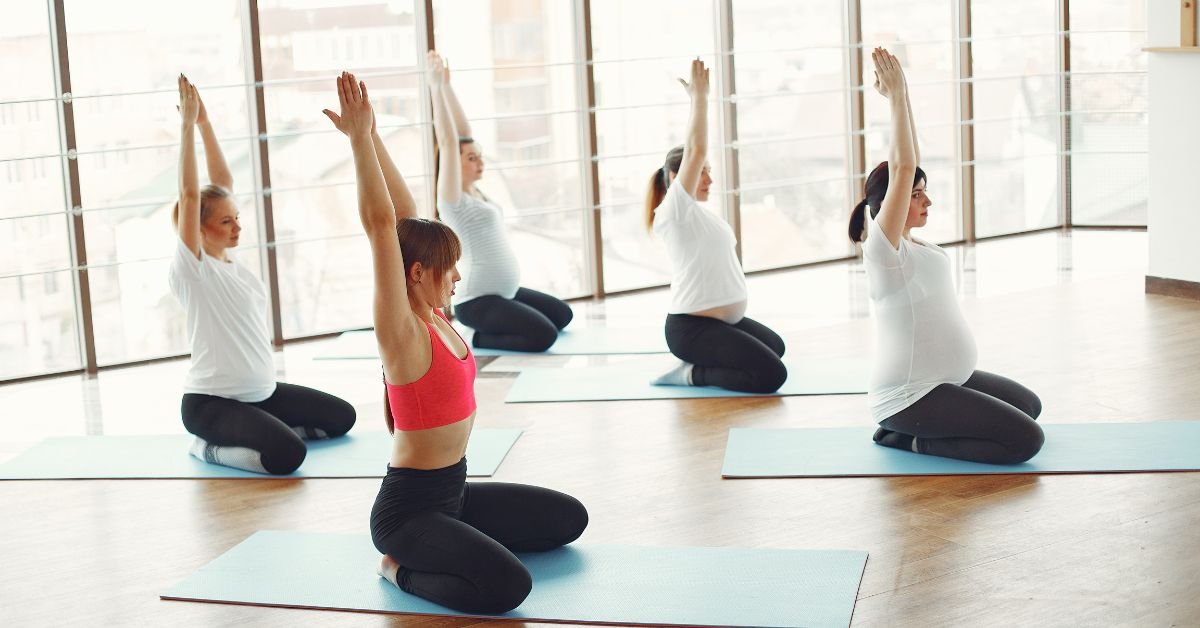5 Yoga Poses for Anxiety Relief

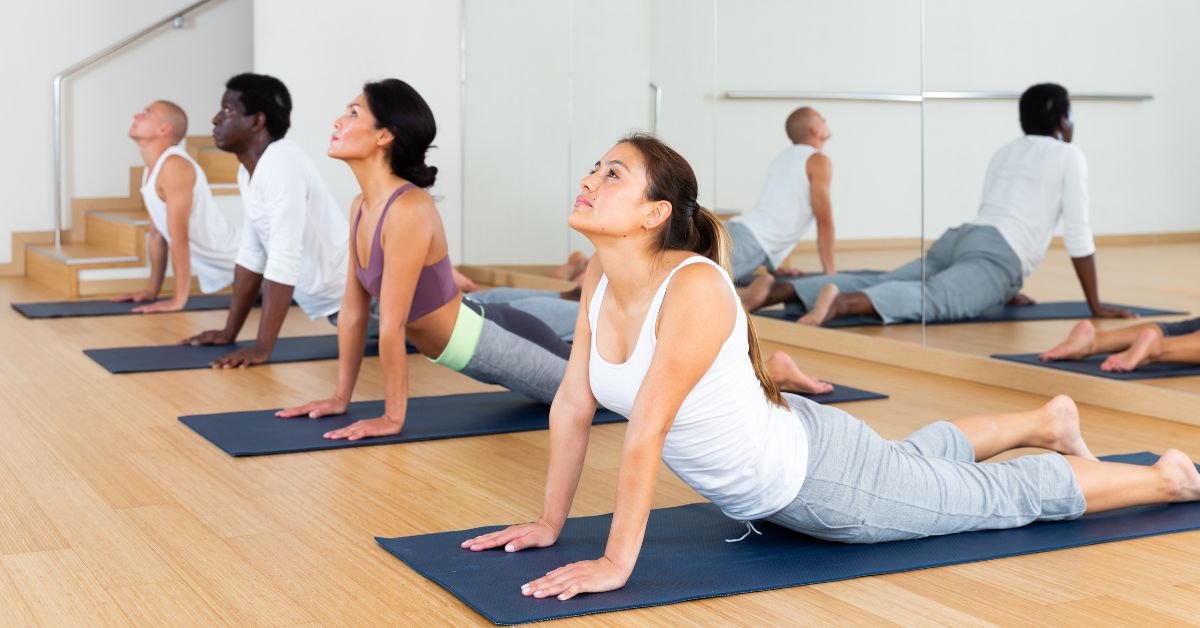
Anxiety is a common mental health issue that affects millions of people worldwide. The fast-paced nature of modern life, coupled with the pressures of work, relationships, and personal goals, can leave many feeling overwhelmed and stressed. Yoga, with its holistic approach to mind-body wellness, offers a natural and effective way to manage anxiety. By combining physical postures, breathing techniques, and mindfulness, yoga helps to calm the nervous system and promote a sense of inner peace.
How Effective is Yoga for Anxiety?
Yoga is highly effective for managing anxiety due to its focus on breath control, physical postures, and mindfulness. These practices, including specific breathing techniques, help activate the parasympathetic nervous system, reducing stress and promoting relaxation. Regular yoga practice can lower cortisol levels, improve mood, and enhance overall mental well-being. By encouraging deep breathing and bodily awareness, yoga helps to calm the mind, making it a valuable tool for managing and alleviating anxiety symptoms.
How Often Should You Practice Yoga for Anxiety?
To effectively manage anxiety, it’s recommended to practice yoga regularly, ideally 3-5 times per week. Consistency is key, as regular practice helps reinforce the calming effects of yoga on the nervous system. Even short sessions, 15-30 minutes, can be beneficial when done consistently. Incorporating yoga into your daily routine, along with mindful breathing techniques, can help maintain lower stress levels, improve emotional resilience, and provide ongoing relief from anxiety symptoms.
Yoga for Anxiety: 5 Poses to Try
Balasana (Child’s Pose)
Balasana is a gentle resting pose that provides a deep sense of comfort and relaxation. It is often used as a counter-pose to more strenuous postures, allowing the body and mind to reset.
How to Do Balasana:
- Begin by kneeling on the floor with your big toes touching and knees spread wide apart.
- Sit back on your heels and stretch your arms forward, allowing your forehead to rest on the mat.
- Close your eyes, and focus on your breath. Inhale deeply through your nose, and exhale slowly, feeling the tension release from your body.
- Hold this position for 1-3 minutes, allowing your mind to calm and your body to relax.
Benefits: Child’s Pose helps to reduce stress and fatigue by gently stretching the lower back, hips, and thighs. The forward fold naturally encourages introspection and a sense of grounding, making it an ideal pose for calming the mind.
Marjaryasana/Bitilasana (Cat/Cow Pose)
Marjaryasana and Bitilasana are typically practiced together in a flowing sequence, often referred to as Cat-Cow Pose. This dynamic movement helps to increase flexibility in the spine while promoting a sense of rhythm and flow.
How to Do Marjaryasana/Bitilasana:
- Start on your hands and knees in a tabletop position with your wrists directly under your shoulders and your knees under your hips.
- Inhale as you arch your back, dropping your belly towards the floor and lifting your head and tailbone towards the ceiling (Cow Pose).
- Exhale as you round your back, drawing your belly in and tucking your chin towards your chest (Cat Pose).
- Continue to move between these two postures, synchronizing your breath with the movement.
Benefits: The combination of movement and breath in Cat-Cow Pose helps to release tension in the spine and neck, which are common areas where stress is stored. The rhythmic motion also soothes the nervous system and encourages mental clarity.
Uttanasana (Standing Forward Bend)
Uttanasana is a powerful forward fold that stretches the entire back of the body, from the calves to the spine. It is a deeply introspective pose that encourages surrender and release.
How to Do Uttanasana:
- Stand with your feet hip-width apart, and slowly bend forward from the hips, allowing your upper body to hang towards the floor.
- Keep a slight bend in your knees to prevent strain on the lower back.
- Let your arms dangle, or clasp your elbows with opposite hands.
- Focus on your breath, allowing each exhale to bring you deeper into the pose.
Benefits: Uttanasana promotes relaxation by increasing blood flow to the brain, which can help to clear the mind and reduce stress. The gentle inversion of the body also encourages a sense of letting go, both physically and mentally.
Malasana (Garland Pose)
Malasana is a deep squat that opens the hips and groin, areas where stress and tension are often stored. This grounding pose is also known as Garland Pose.
How to Do Malasana:
- Stand with your feet slightly wider than hip-width apart, toes pointing slightly outward.
- Lower your hips into a squat, bringing your thighs as close to parallel with the floor as possible.
- Press your elbows against the inside of your knees, and bring your hands together in a prayer position at your chest.
- Lengthen your spine and focus on your breath.
Benefits: Malasana helps to release tension in the hips and lower back, which are often affected by stress. The grounding nature of this pose also promotes a sense of stability and balance, both physically and emotionally.
Bhujangasana (Cobra Pose)
Bhujangasana, or Cobra Pose, is a gentle backbend that strengthens the spine and opens the chest. This pose is often part of the Sun Salutation sequence and is known for its energizing effects.
How to Do Bhujangasana:
- Lie face down on the floor with your legs extended and the tops of your feet pressing into the mat.
- Place your hands under your shoulders, elbows close to your body.
- Inhale as you press into your hands and lift your chest off the floor, keeping your lower ribs on the mat.
- Hold the pose for a few breaths, then slowly lower back down.
Benefits: Cobra Pose helps to counteract the effects of poor posture by strengthening the back and opening the chest. This pose can also improve mood and energy levels, making it a great choice for alleviating anxiety.
Savasana (Corpse Pose)
Savasana is the final resting pose in most yoga practices, and it is one of the most important postures for anxiety relief. Often referred to as Corpse Pose, Savasana allows the body and mind to fully relax and integrate the benefits of the practice.
How to Do Savasana:
- Lie flat on your back with your legs extended and arms resting at your sides, palms facing up.
- Close your eyes, and allow your entire body to relax into the floor.
- Focus on your breath, letting go of any tension or thoughts.
- Remain in this pose for 5-10 minutes, or longer if time allows.
Benefits: Savasana is the ultimate pose for relaxation and meditation. It helps to calm the nervous system, reduce stress, and promote a deep sense of peace and well-being. Practicing Savasana regularly can be a powerful tool for managing anxiety.
In conclusion, yoga offers a holistic approach to managing anxiety, combining physical postures with mindful breathing and meditation. Incorporating these poses into your daily routine, you can create a powerful practice that not only alleviates anxiety but also promotes overall mental and physical well-being. Remember, the key to reaping the full benefits of yoga is consistency, so take time each day to practice these poses and connect with your breath.
Join us at Body and Mind Yoga Center for an enriching experience that harmonizes body and mind. Your path to wellness begins here. We provide the best Yoga classes In Dubai with a variety of lessons suited to fit your needs and preferences.
Share this post :
Most Recent Posts
- All Posts
- Yoga
- Yoga For Kids
- Yoga For Womens
Category
Have Question
Looking for the best yoga classes in Dubai? Visit our state-of-the-art yoga studio and center in Dubai for a rejuvenating and transformative experience.
